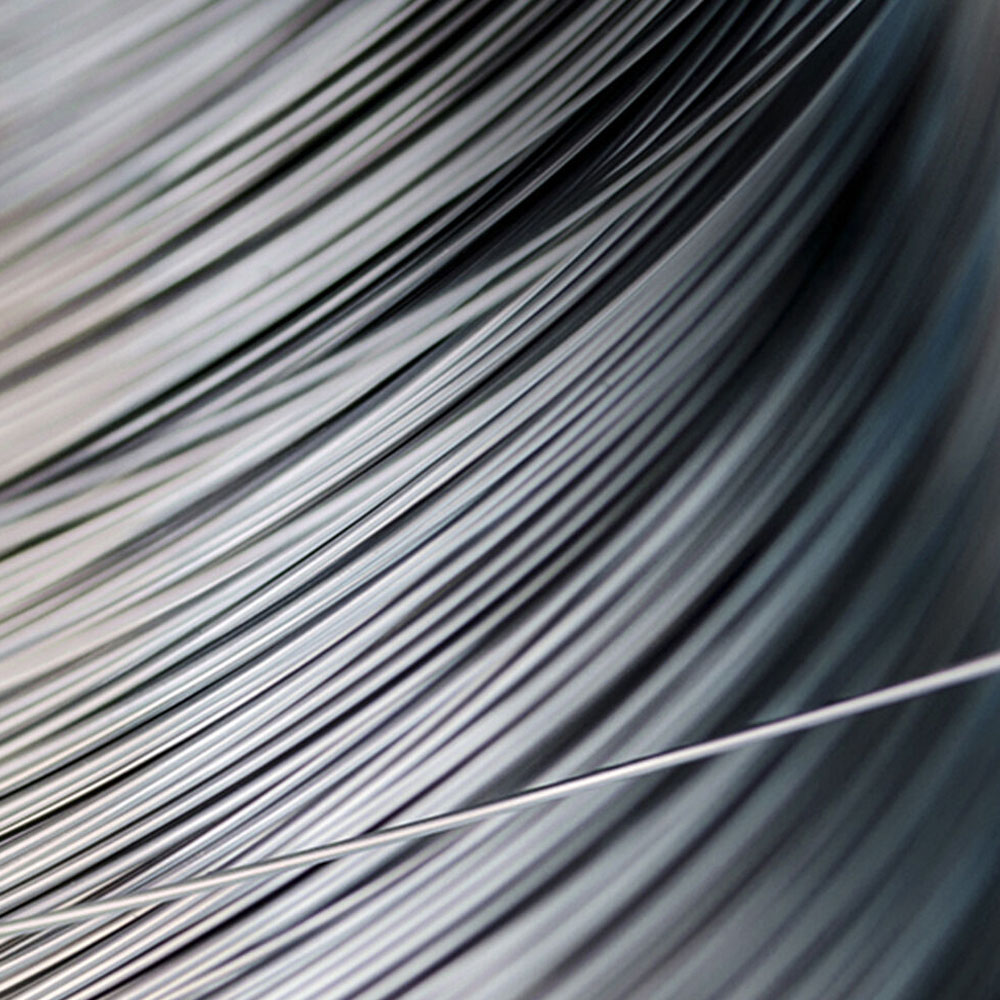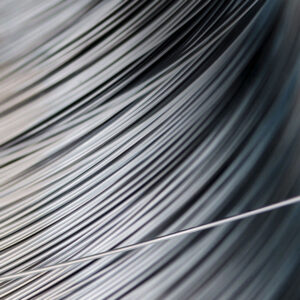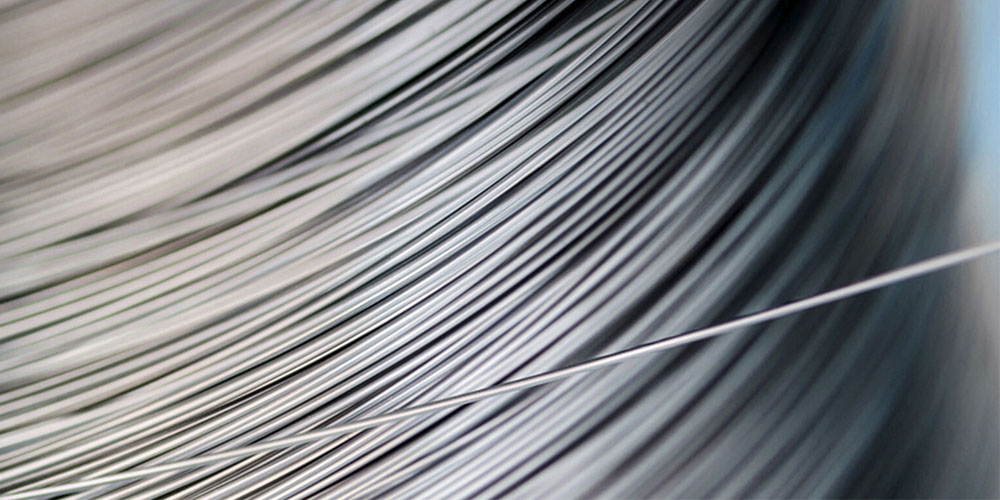
Great things in business are never done by one person. They’re done by a team of people. We have that dynamic group of peoples

8 Common Types of Galvanized Steel Wire
Galvanized steel wire undergoes a process known as galvanization, where it receives a protective zinc coating to shield it from corrosion.

Eight Common Different Types of Steel Wire
Steel wire is a highly useful and versatile material found in numerous everyday items, from household products to automotive components.


